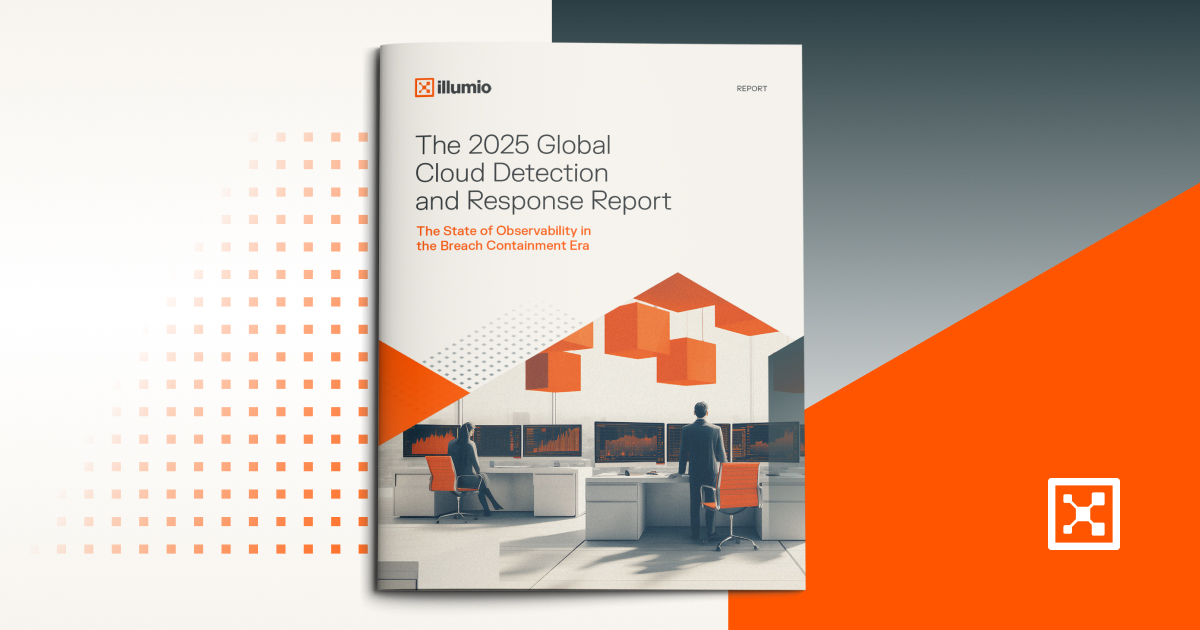Happy Birthday, Zero Trust Hub! Celebrating a Year of Cyber Insights and Impact
A year ago, we launched The Zero Trust Hub with one goal in mind: to create a space dedicated to advancing the conversation around Zero Trust.
The cybersecurity industry was (and still is) full of noise — news headlines, acronyms, and endless product claims. But what was missing was consistent, accessible thought leadership focused on Zero Trust, the principle that underpins all modern security strategies.
Back then, we saw a gap and an opportunity. The world needed more than marketing around Zero Trust. It needed a forum for thought leadership that explored why this model has become the backbone of modern security and how organizations can put it into action.
And what a year it’s been!
A milestone year for Zero Trust
Our anniversary comes at a symbolic moment for Zero Trust. Last month marked 15 years since John Kindervag first introduced Zero Trust while he was still an analyst at Forrester Research.
What started as a radical idea — “never trust, always verify” — has evolved into a global movement that’s shaping public policy, corporate strategy, and even international collaboration on cybersecurity.
John’s vision was never just about technology. It was about changing how we think, moving from an assumption of safety to a strategy of containment.
The Zero Trust Hub continues that legacy. Each week, our contributors work to translate Zero Trust principles into something that’s actionable for our readers.
What captured Hub readers’ attention this year
Over the past year, we’ve found that our readers have gravitated toward stories that challenge assumptions and offer tangible takeaways.
Here’s a highlight of some of the year’s most-read and most-talked-about Zero Trust Hub topics.
1. Your Overconfidence Is Ransomware’s Greatest Ally
This piece hit a nerve on social media and for good reason. It reminded us that the biggest security threat to an organization isn’t just bad actors — it’s our own complacency.
The article explored how overconfidence in prevention-only strategies gives ransomware the upper hand, and why containment is the real key to surviving an inevitable attack.
It’s a powerful message: staying humble and prepared go hand in hand in cybersecurity.
2. Living on the Borderline: How BGP’s Blind Faith Puts Your Data at Risk
Readers were drawn to this one for its bold honesty about the state of security on the internet.
It took a hard look at the internet’s original architecture (one that was never designed for the level of connectivity we have today) and showed how Zero Trust principles can rebuild digital trust from the ground up.
It struck a chord with readers frustrated by “patchwork” security and calling for foundational change.
3. AI Hype, Shiny Objects, and True Innovation: What I’m Watching for at RSAC
This brief captured the excitement and urgency of one of cybersecurity’s biggest events: RSAC 2025. It spotlighted the trends shaping the industry, from the rise of AI-driven detection and response to the growing focus on cloud security and resilience over reaction.
It reminded us that Zero Trust isn’t a static idea. It’s evolving in real time as new technologies and threats emerge.
4. Circle Up: What Reindeer Cyclones Can Teach Us About Zero Trust Security
If there’s one story that surprised and delighted readers, it’s this one by Zero Trust founder John Kindervag.
John compared Zero Trust to the behavior of Scandinavian reindeer forming swirling “cyclones” to protect themselves from predators. It turned a complex concept into an unforgettable metaphor for collective defense and containment.
The takeaway? Survival isn’t always about running faster. It’s often about moving smarter, together.
Looking ahead: another year of even bigger conversations
As we look to year two of The Zero Trust Hub, one thing is clear: the conversation around Zero Trust has never been more urgent.
AI is reshaping the threat landscape. Hybrid cloud environments are expanding faster than teams can secure them. Adversaries are learning to move laterally across networks with astonishing speed.
In the face of all that change, Zero Trust remains a strategic constant and key framework to help every organization move from chaos to control.
That’s why we think the Hub is more relevant than ever.
Here’s to another year of challenging assumptions, connecting experts, and pushing the Zero Trust conversation forward on The Zero Trust Hub!
Read more Zero Trust topics we've spotlighted this year, and subscribe on LinkedIn to never miss a Hub update.


